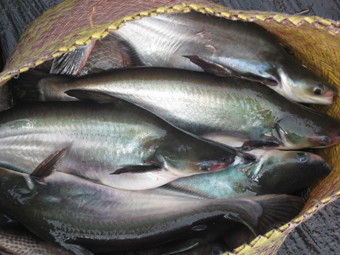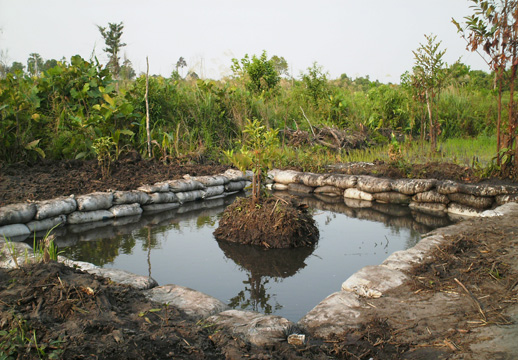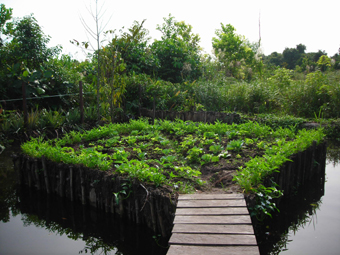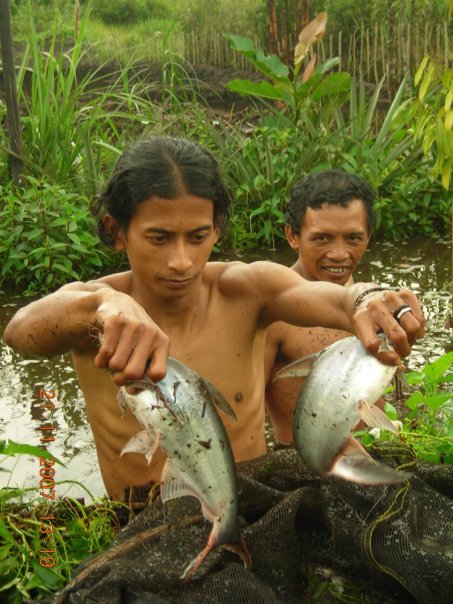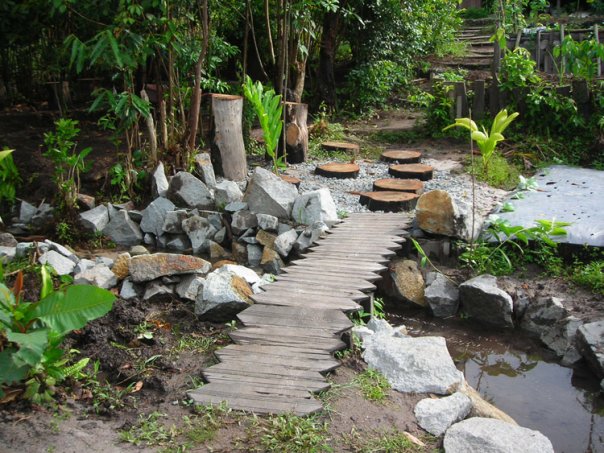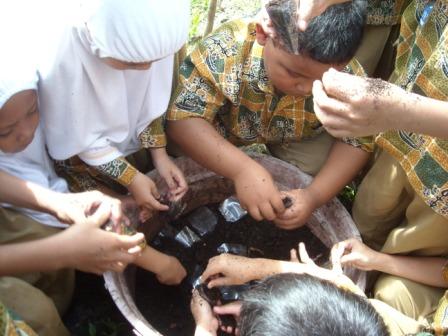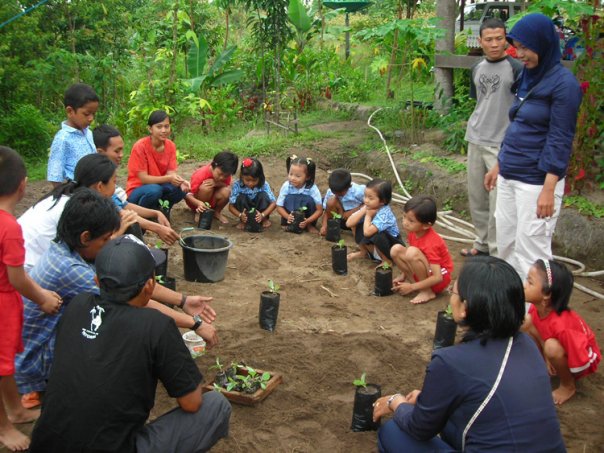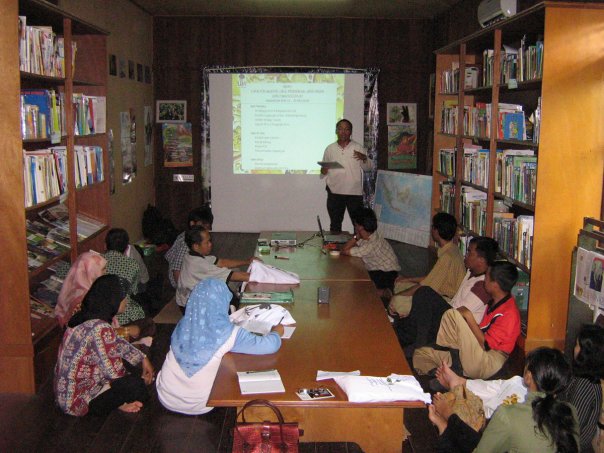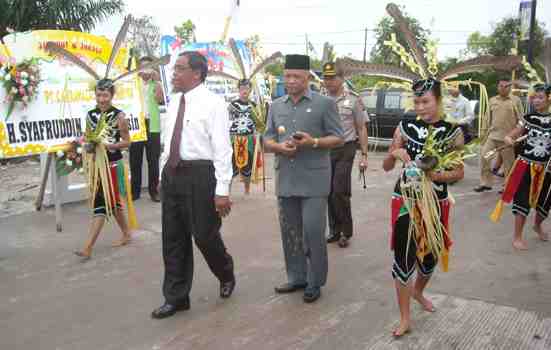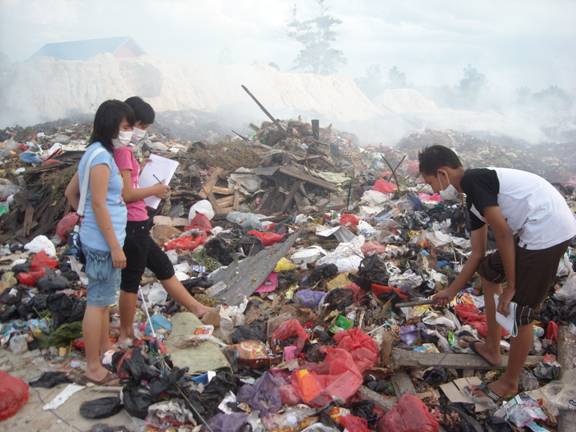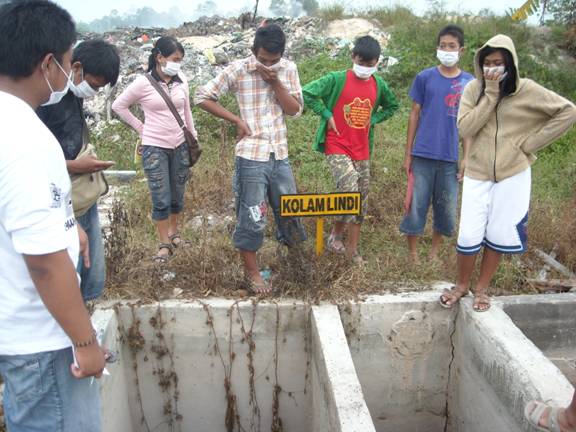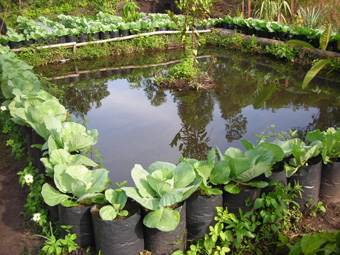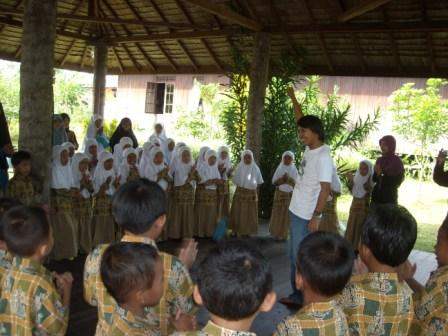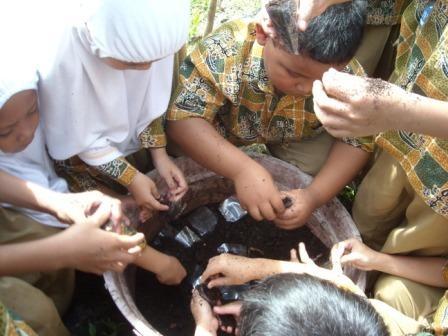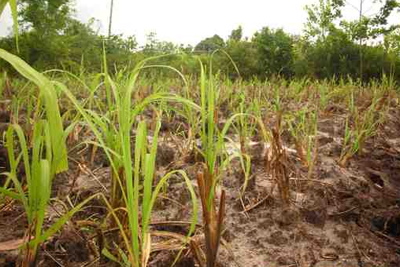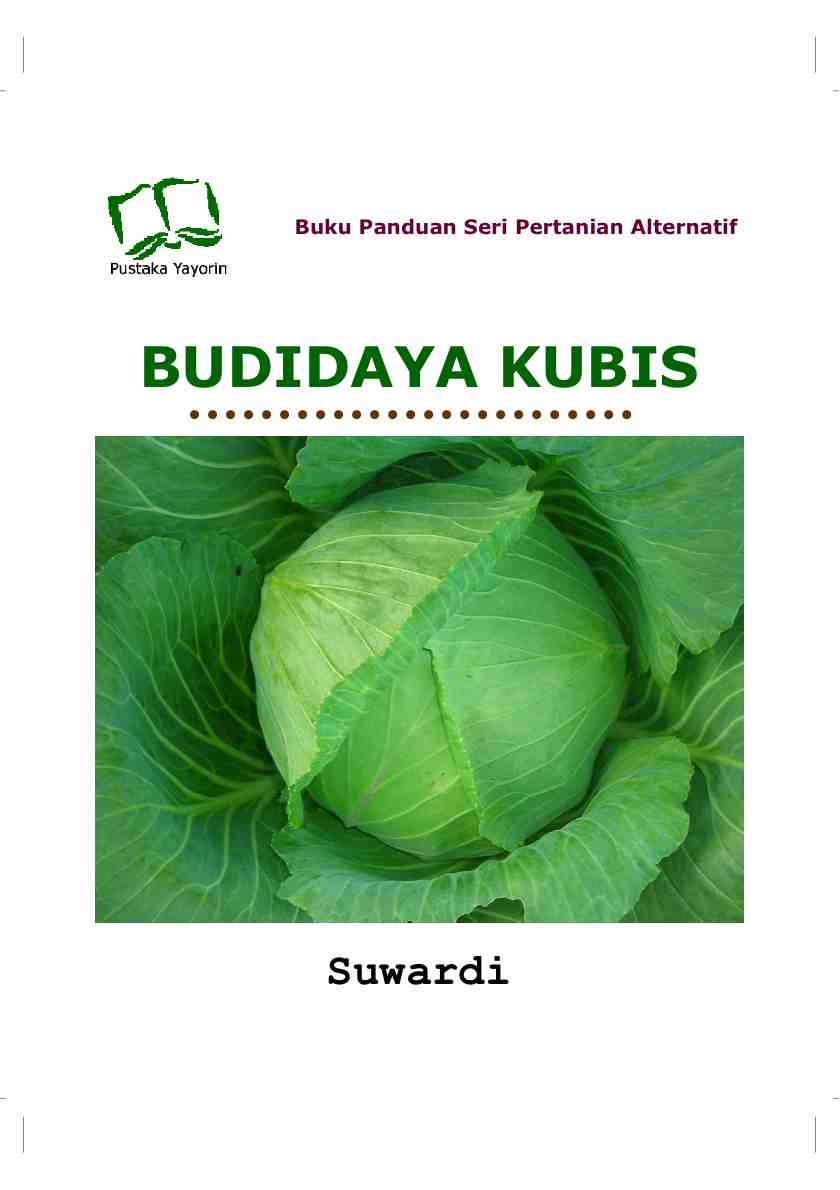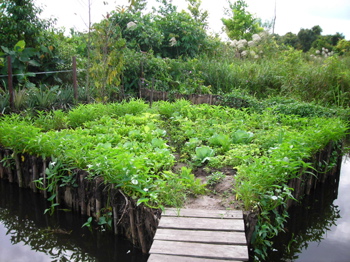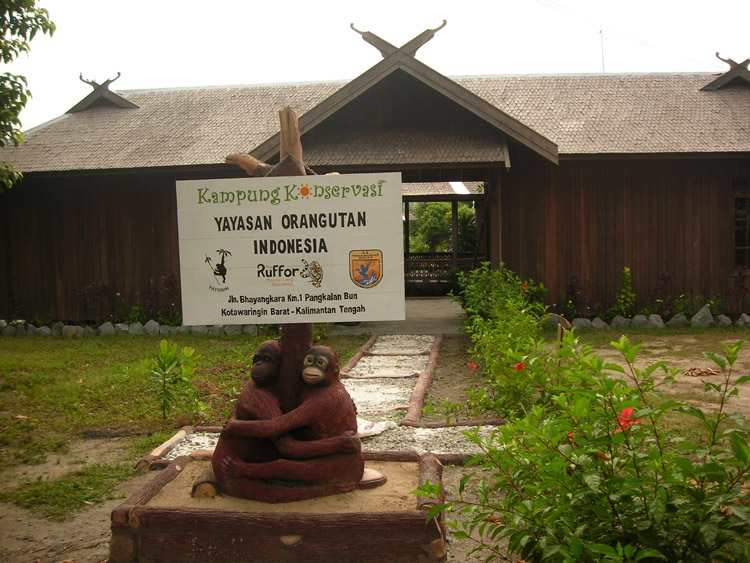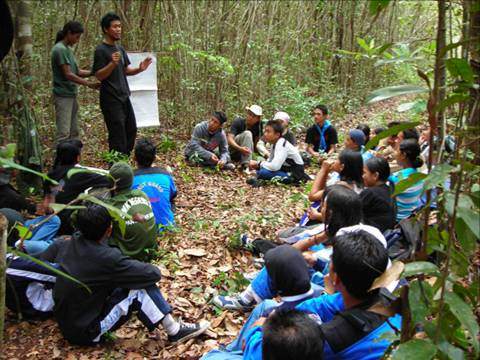Gliding through the waters of the Sekonyer River, one of the natural borders of Tanjung Puting National Park, many a traveller with the Orangutan Foundation has been entertained with stories of what lurks beneath their boat. But it’s not just the crocodiles that deserve our attention. One of the three research grants given by the Foundation and the national park in 2012 funded an investigation into the variety of fish species in the Sekonyer and one of its tributaries, the Sekonyer Kanan. Despite being part of the same river, the water conditions offer a strong contrast. The main Sekonyer suffers from pollution from an illegal gold mine in the park, visible even to the untrained eye in its far muddier, more opaque colour. From the six sampling sites, three in each section of the river, 42 species were identified, through body shape, length and height, the type and colour pattern of the scales and the shape of the fin and tailfin. Sketches were made of each fish and compared to those in guide books or previous research. Such research allows us to see the effect of water conditions on the fish – and therefore on the river ecosystem, which in turn affects the park itself.
Additionally, the education and outreach has been expanded and further contributes to capacity building via the fish ponds, built at Kampung Konservasi... Aquaponic Demonstration PlotThe Foundation has always committed to ongoing community development. As part of this, Yayorin (Indonesian NGO and longer time partners of the Foundation) decided to develop an aquaponic demonstration plot on Kampung Konservasi’s conservation village. Aquaponics by definition is the combination of aquaculture (fish farming) and hydroponics.
Since the construction, the ponds have been improved with bamboo guttering. The ponds have a high capacity to sustain a medium sized population grew well.
The main reason Yayorin did this was because there was quite a large area of peat swamp behind Kampung Konservasi - so the ponds seemed like a very good idea. Rice and vegetables wouldn't grow in that type of soil...
"As we already had two fish ponds, we thought an aquaponic demonstration plot was an ideal new development. The water that the fish live in becomes very rich in nutrients. It is then pumped from the fish pond into an organic bed, where plants growing extract the nutrients from the water. The water then drains back into the fish pond cleaned of excess nutrients and freshly oxygenated. It was a new concept of agriculture and would be something very interesting to try." Says Eddy , Yayorin staff.
From this, people are learning and later adopting these techniques on their own land. On average so far, 15 groups or individuals have taken the lessons learnt and put them into (continuing!) practice in their respective locations. The facilities at Yayorin now have a fantastic reputation within the local and surrounding communities. How amazing that fish , with a little hard work, can provide such a helping 'hand'.



